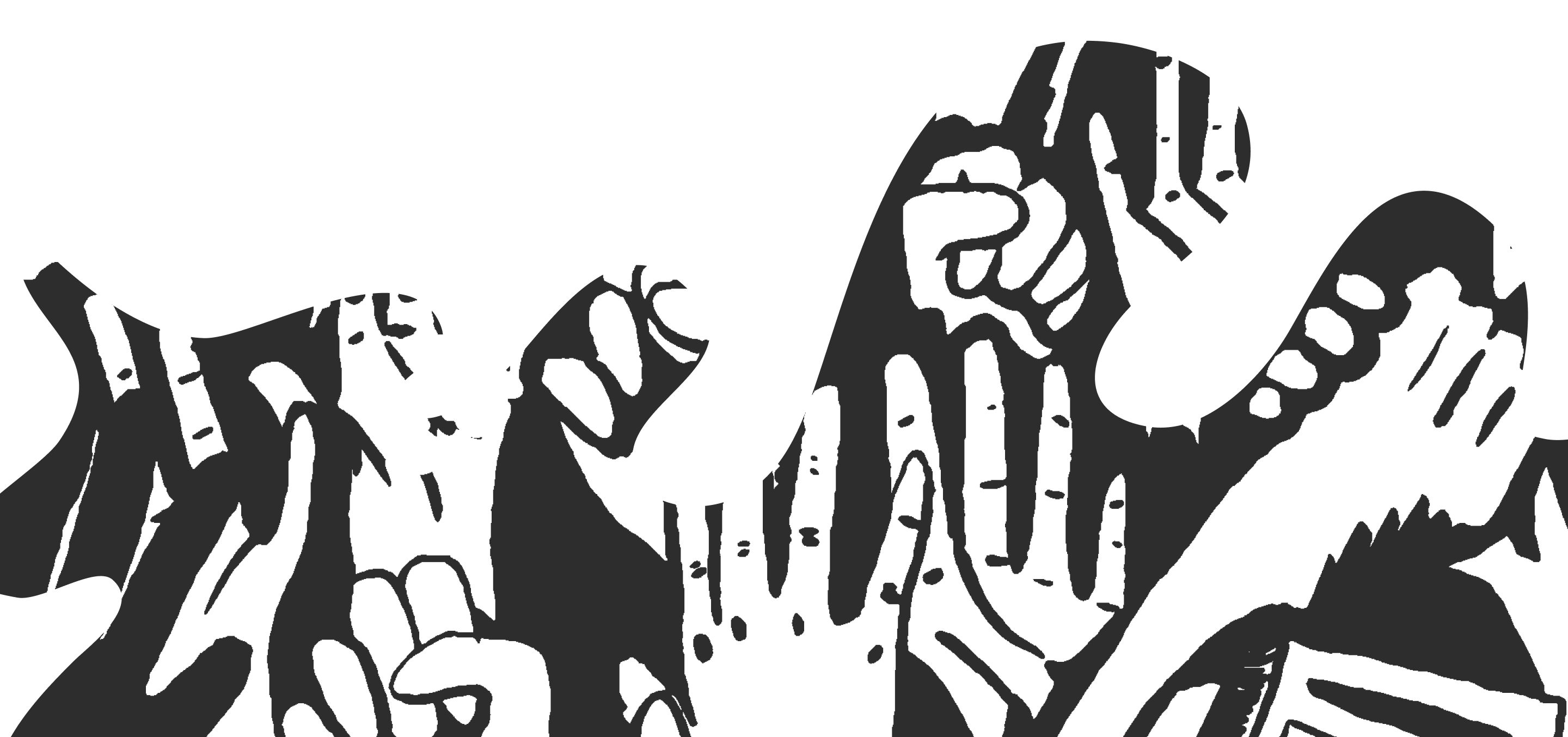Urban Seeds: What a Cornfield in Kansas and Blvd. Renee Levesque Have in Common
Andrea del Moral
Along the coasts of North America, cities are dots dropped on maps of
huge open space. They gather in clusters blurring into megalopolises
that house hundreds of millions of people. In the middle of the country
the dots drop between fields of soy and corn.
Between these cities, vast expanses of open space push the horizon. In
the prairies and plains, wheat and corn, soybeans and canola, potatoes
and sugar beets fill thousands of acres of space. This is the heartland,
“feeding people everywhere.” However, most of the crops grown on these
immense tracts of land, are not food for people. They are monoculture
fields of animal feed, or raw products which are refined into processed
foods. An astonishing amount of this land is sown with seed crops.
Inbred parent lines of commercial seeds are meticulously de-sexed and
hand pollinated every year to grow hybrid seed. The seeds from these
plants will be sold to gardeners and farmers, from hardware store
packets to several pound bags, then grown for one season. The grower
will return to the company for seed the next year. Millions of acres of
land are devoted to maintaining parent lines and creating hybrid crops.
This is not idyllic rural countryside. This is an outdoor commodity
factory. Seeds are products, vehicles for profit.
On the surface, city landscapes look very different from the expanses of
grain and beans that stretch through the middle of the continent.
However, just as the monoculture of plants is not grown to feed people,
neither is the space in cities dedicated to meeting the daily needs of
the people who live there. Road space accounts for more than 50% of
urban land. There are tall buildings, banks, restaurants, insurance
companies, investment corporations, a myriad assortment of offices that
“house people making money,” while other people hunger for space in
which to live ? not simply shelter at night ? but space in which to
interact, grow, and discover.
In ecology there is a phenomenon known as /edge/. Edge is the space
where two different ecosystems meet. This could be forest and prairie,
or river and desert. At the place where differences meet, life thrives.
New species and relationships develop. The dynamics of cities work on
this same principle of edge, but here it is not only biological but also
a cultural edge; plants and animals find relationships with each other
that never happen in their indigenous environments, and humans find ways
of mixing language, habits, food, music, games, and religion.
While cities and rural places look different to the eye, what is
actually going on in both places is similar. There are endless
possibilities for dynamic, thriving habitats for life. Unfortunately,
what is also similar about these environments is that much of rural and
urban space is used to serve commerce alone. It is the same theme in a
different form. One central connection between urban and rural people,
land, and economies together, is agriculture. And the foundation of
agriculture is – the seed.
Seed-savers and food democracy
I spent the last two and a half months visiting seed savers
and plant breeders in Quebec, Maine, Vermont, New York, Virginia,
Massachusetts, and Wisconsin. At that time, my friend Sascha was doing
the same thing on the west coast, in California, Oregon, Washington, and
British Columbia. We have gathered the stories of an amazing group of
people who have the knowledge we need to build a new agriculture, and
the wisdom to communicate a politics that accompanies it.
We believe the movement for food democracy in North America will be led
by the seed savers. Since time immemorial seed savers have been
preserving and encouraging genetic diversity to flourish in their farms
and gardens. Today the small-scale seed-growing community is composed of
wise and intelligent people who value seeds grown in healthy, diverse
environments. We believe that they have great potential to help us
develop the rural-urban exchange to create another edge, where people
with different roles in agriculture (as creators, growers, eaters) and
communities (rural, urban, suburban) meet to create a new biological and
cultural habitat that will enable us all to thrive.
Seeds are themselves transformers, bringing food, beauty, and habitat to
places where there was once only sunlight, carbon dioxide, water, and
soil. Out of all these disparate factors, the seed is the key to
creating life. Their small, simple form is the cumulation of people’s
history and ecological history, they are a treasure chest of genetic
diversity, equipped to deal with myriad challenges and surprises. This
history comes into our hands unmediated by mass monoculture, we know it
only by sticking it in some soil and watching what it does.
Arming the people with seeds
I want to see my neighbourhood, and the
neighbourhoods of my friends across the continent full of miners lettuce
and cilantro and kale and brassicas. I want to see beans from Zaire and
Central America and corn where several colours twist through every
single kernel. I want to see squash that got invented in back yard
mishaps. I want to make friends through the sharing of seeds.
The sharing of seeds is about preserving and expanding the genetic
diversity on this planet that so much of our cultural history has
disrespected and destroyed. But it is more than that. The endeavor to
bring agricultural knowledge into the city has a lot more to do with
restoring our common humanity than with the plants themselves.
If we do not understand that culture is diversity, and that we need it
to survive and thrive, then saving diversity will only end up being a
museum, an arboretum; textbooks and slideshows of all the life that once
was. We have to start understanding the role and importance of
diversity: in the meeting of individuals with distinct and contrasting
histories lies the potential for new futures.
In the city, this is more about the ecology of people than that of
plants. This means beginning to talk to our neighbors, it means learning
the histories of people who share our yards and streets, and it also
means learning our own history. It means listening. And sharing. And
paying attention to what each of us bring to the edge.
I want to make heartlands in cities, that feed our hearts and stomachs
at the same time. I want the dots on this continent’s edge to blur into
the empty spaces through cultural contact, for us to know each other; at
the very least to know each other and to understand how we are
interdependent. I want this land to be used for feeding and housing and
healing, for creating and meeting and learning. I want seeds of plants
and ideas and love to flourish, and to multiply through the seasons. I
want these seeds to spread freely, to spread their histories to the
people and to make the people free.

